If there’s one thing for certain with modern AV systems is that users want big-screen TVs. Studies have found that over the past 20 years the average screen size has grown significantly and now it’s easy to find 70-something, 80-something and 90-plus inch TVs at the local wholesale club store to meet those bigger-is-better desires. When crafting a cinematic experience, however the best option remains the tried and true home theater projector, specifically, 4K projection.
Why 4K Projection?
The projection category has only continued to mature over the past several years to provide homeowners with laser-based 4K projectors at price points that make the investment increasingly feasible for a growing number of consumers.
The maturation of the 4K projector category for the most part can be attributed to a couple of factors: The improvements in laser-light engines and image processing. As these technologies have improved, they have also become more affordable to allow more people to purchase 4K projectors.
Additionally, ultra-short throw (UST) projection TV systems have seen rapid development in recent years thanks to an extraordinary level of research and development (R&D) being put into these products to engineer solutions that are more home friendly to setup and while offering solutions that integrate more unobtrusively into interior spaces. All the R&D poured into these products has also resulted with systems that rival traditional projection systems’ prices and performance.
Who Manufactures These Products?
Today, top manufacturers, including Sony, JVC, Epson, and Digital Projection offer competitively priced products that can be paired with a fixed or motorized screen to produce pristine, big-screen TV images that add fun to everything from NFL games, to streaming media, and physical media. Some of the companies that offer UST products include Sony, Epson, Samsung, LG, and Hisense. Additionally, many of these products come packaged as complete big-screen TV systems that include a choice of either a 100- or 120-inch screen to provide homeowners a complete system.
So let’s check some of the home-theater-worthy projectors we have on offer in 2025.
Quick List of Home Theater Projector Options in 2025
- BenQ W5800
- Digital Projection E-Vision 10000
- Epson QB1000
- Hisense PX3-PRO
- JVC DLA-NZ900
- Leica Cine Play 1
- LG Cinebeam (HU810PW)
- Optoma UHZ66
- Samsung The Premiere (LPU9D)
- Sony BRAVIA Projector 8 (VPL-XW6100ES)
BenQ W5800 4K Laser Projector
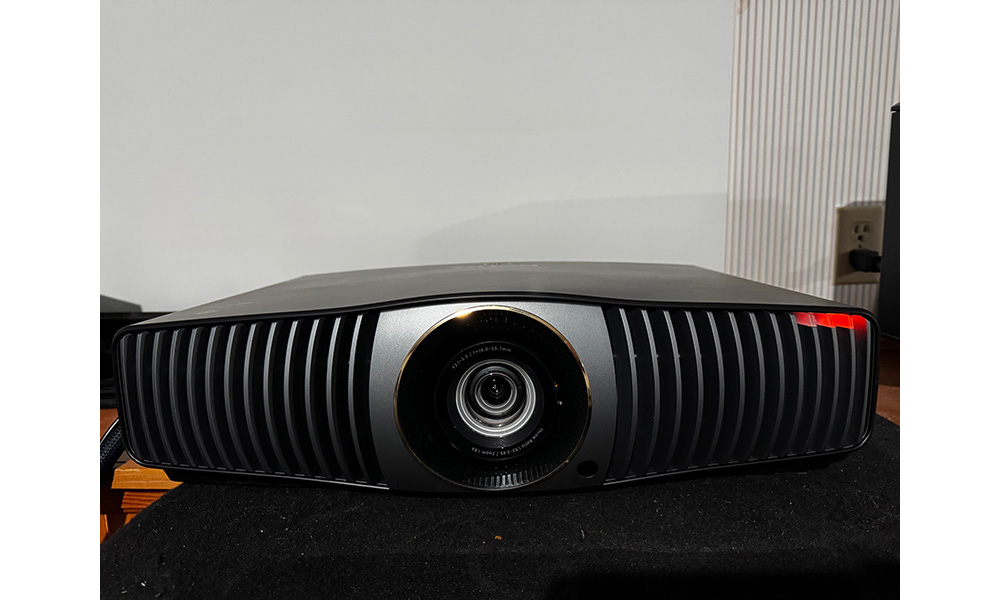
Delivering flawless images straight from the box, the BenQ W5800 can be paired with a variety of screens to offer homeowners bright, vivid images that are 4K with HDR. The projector is also bright enough to reside in rooms with ambient light to underscore its versatility as a high-performance big-screen TV solution.
Digital Projection E-Vision 10000
The new E-Vision 10000 utilizes Texas Instruments’ new 0.8-inch HEP DMD chip, along with the Nexus electronics platform, which is said to enable the full performance of the projector’s RGB laser technologies. The 4K projector delivers 10,000 lumens of brightness and it reproduces the Rec. 2020 color space.
Epson QB1000 4K 3LCD Laser Projector
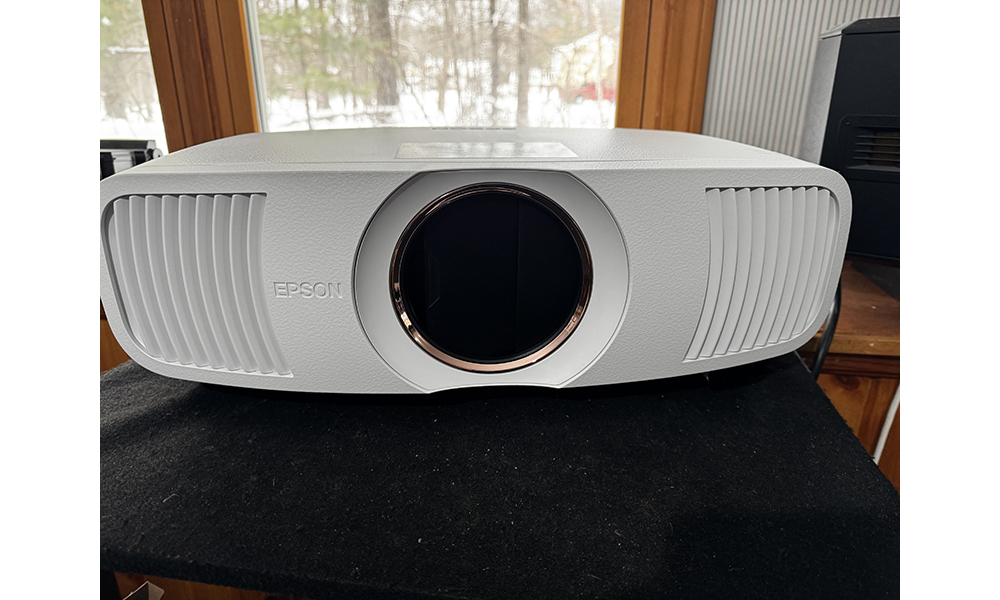
Epson has been a go-to manufacturer for smart home professionals for years and the company’s new QB1000 lives up to Epson’s reputation for performance. Rated to produce 3,300 lumens of color brightness, as well as white brightness, the QB1000 also provides Epson’s QZX image processing and compatibility with the HDR10+ format.
Hisense PX3-PRO UST 4K Projector
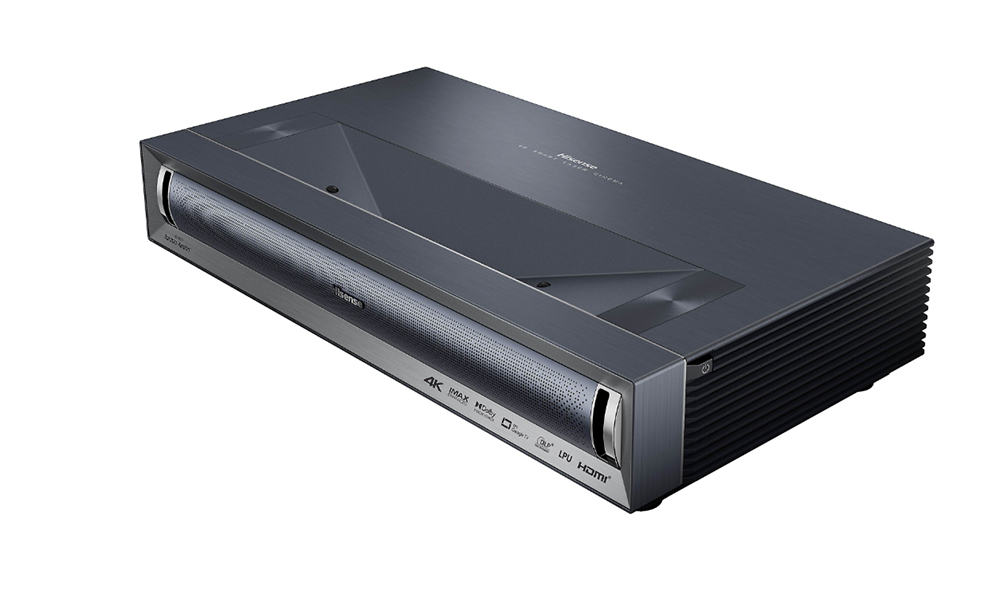
The competitively priced UST 4K projector is rated to produce up to 3,000 lumens and it’s designed to work with screens ranging from 80 inches to 150 inches. Hisense boasts the PX3-PRO’s TriChroma laser engine produces 110% of the BT.2020 wide color gamut. The projector also provides a pair of HDMI 2.1 inputs and a third HDMI 2.0 input to offer AV enthusiasts a state-of-the-art big-screen TV UST solution.
JVC DLA-NZ900 Native 4K Laser Home Theater Projector
The high-performance DLA-NZ900 provides up to 3,300 lumens of brightness and compatibility with HDR10, HDR10+ and the HLG HDR formats. The DLA-NZ900 incorporates an 18-element, 16 group, all glass 100mm lens, and the company’s 8K e-shiftX technologies.
Leica Cine Play 1

A relative newcomer to the home theater industry, Leica and its projector made its debut at the 2023 CEDIA Expo event. Now available, the company is using is 70 years of image processing experience to offer homeowners a big-screen TV solution that is described as a “home cinema in a box.” The Cine Play 1 incorporates a triple-laser RGB laser light system that delivers up to 3,000 lumens, and a Summicron zoom lens.
LG HU810PW 4K UHD Laser Smart Home Theater CineBeam Projector
The reasonably priced HU810PW provides homeowners with a 4K UHD image and up to 2,700 lumens of brightness. The HDR10 and HLG HDR compliant projector also provides three HDMI 2.1 inputs, and smart home features such as LG ThinQ, as well as Google Assistant, and Amazon Alexa.
Optoma UHZ66
Designed as a small-footprint, hassle-free 4K big-screen TV projector, the Optoma UHZ66 delivers up to 4,000 lumens of brightness. The eco-friendly projector is said to cut as much as 45% of power consumption when compared to a lamp-based model. Optoma adds the projector is also manufactured with up to 50% post-consumer recycled plastics.
Samsung The Premiere LPU9D
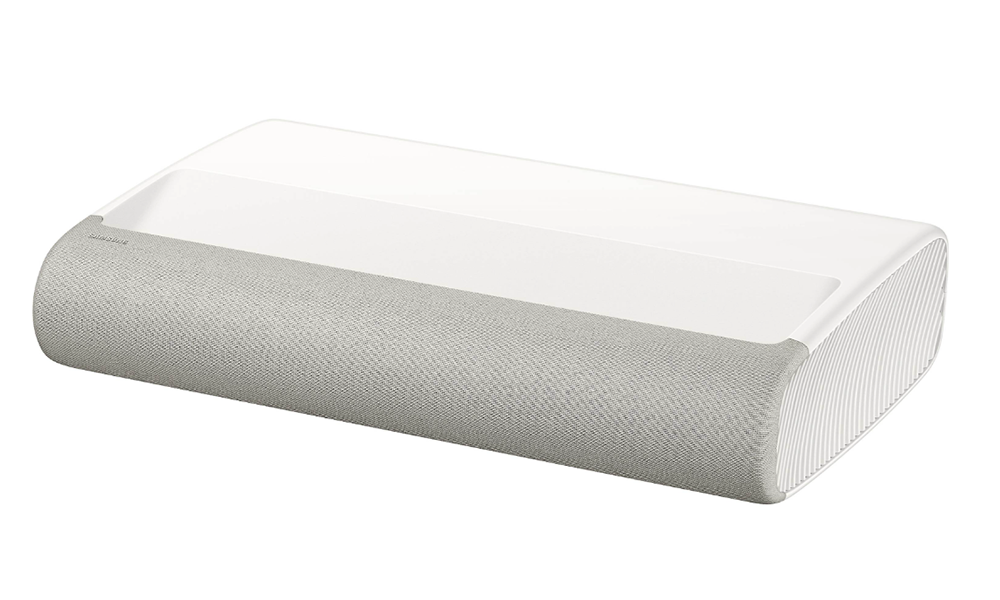
The LPU9D incorporates a triple-laser light engine the company says provides up to 20,000 hours of operational life. The 4K projector provides up to 3,450 lumens of brightness and the company’s 4K AI Upscaling and Vision Boost. Additionally, the UST also incorporates Samsung’s Tizen TV OS to support streaming services such as Netflix, YouTube and Prime Video.
Sony BRAVIA Projector 8 (VPL-XW6100ES)
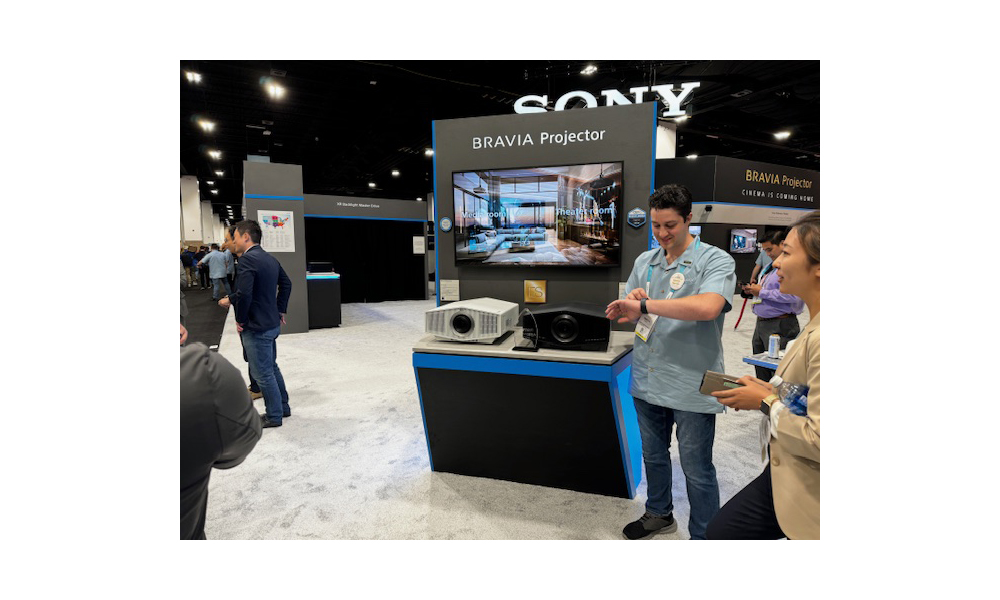
In the fall of 2204 Sony announced its new BRAVIA Projector 8. This all-new design is rated to produce up to 2,700 lumens of brightness through Sony’s proprietary light engine. Sony states the BRAVIA Projector 8 delivers 4K images at 120fps with just 12ms of input lag. The big-screen TV projector also provides the company’s XR Processor, along with XR Dynamic Tone Mapping, XR Deep Black, XR TRILUMINOS PRO, and XR Clear Image.







